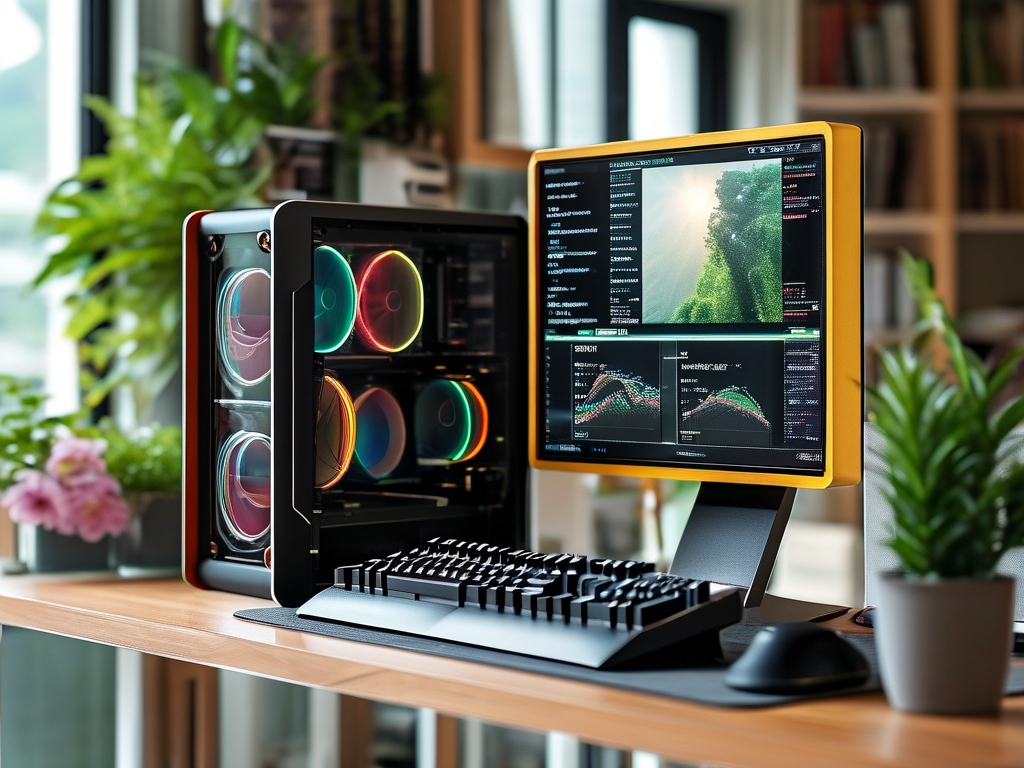In the rapidly evolving landscape of electronics and IoT, embedded hardware development has emerged as a cornerstone of innovation. Among the regions making significant strides in this field, Putian, a city in China’s Fujian Province, has quietly positioned itself as a hub for cutting-edge embedded hardware design. This article explores Putian’s growing influence in the industry, its unique advantages, and the challenges and opportunities shaping its future.

The Embedded Hardware Landscape in Putian
Putian’s journey into embedded hardware development is rooted in its historical strengths in manufacturing and electronics. Over the past decade, the city has transitioned from traditional industries to high-tech sectors, leveraging its robust supply chain networks and skilled workforce. Local companies now specialize in designing embedded systems for applications ranging from consumer electronics to industrial automation and smart agriculture.
One of Putian’s key advantages is its integrated ecosystem. The city hosts numerous PCB fabrication facilities, component suppliers, and testing labs, enabling rapid prototyping and cost-effective production. This ecosystem supports both startups and established firms in accelerating product development cycles—a critical factor in the fast-paced embedded systems market.
Technical Capabilities and Innovation
Putian’s engineers are known for their expertise in low-power circuit design, real-time operating systems (RTOS), and sensor integration. For instance, local firms have developed energy-efficient embedded controllers for smart home devices, achieving industry-leading performance metrics. These innovations are driven by collaborations between universities, R&D centers, and enterprises, fostering a culture of continuous learning and adaptation.
A notable case study is Putian’s contribution to IoT-enabled agricultural systems. By integrating embedded hardware with soil moisture sensors and wireless communication modules, local developers have created solutions that optimize irrigation and crop yields for rural communities. Such projects highlight Putian’s ability to merge hardware precision with software intelligence.
Challenges and Strategic Responses
Despite its progress, Putian faces challenges common to embedded hardware hubs. Component shortages, exacerbated by global supply chain disruptions, have forced companies to diversify suppliers or redesign boards for alternative chips. Additionally, the demand for AI-accelerated embedded systems requires upskilling engineers in machine learning frameworks and edge computing architectures.
To address these issues, Putian’s government and industry associations have launched upskilling programs focused on FPGA programming, embedded AI, and cybersecurity. Partnerships with international tech firms have also introduced advanced tools like AI-driven PCB layout optimization software, reducing design iteration times by up to 30%.
Future Prospects: Smart Cities and Beyond
Looking ahead, Putian is positioning itself as a key player in smart city infrastructure. Embedded hardware developers in the city are working on traffic management systems, energy grid monitors, and public safety devices. These projects rely on ultra-reliable microcontrollers and wireless protocols like LoRaWAN and NB-IoT, areas where Putian’s engineers are gaining global recognition.
Moreover, the rise of RISC-V architecture offers new opportunities. Several Putian-based startups are designing RISC-V-based embedded solutions, aiming to reduce dependency on proprietary silicon and lower costs for mass-market applications.
Putian’s ascent in embedded hardware development underscores the importance of ecosystem synergy, technical agility, and strategic foresight. By addressing challenges head-on and capitalizing on emerging trends like AIoT and open-source hardware, the city is poised to become a global benchmark for embedded innovation. For tech entrepreneurs and engineers worldwide, Putian represents not just a manufacturing base but a dynamic laboratory for the future of intelligent systems.

